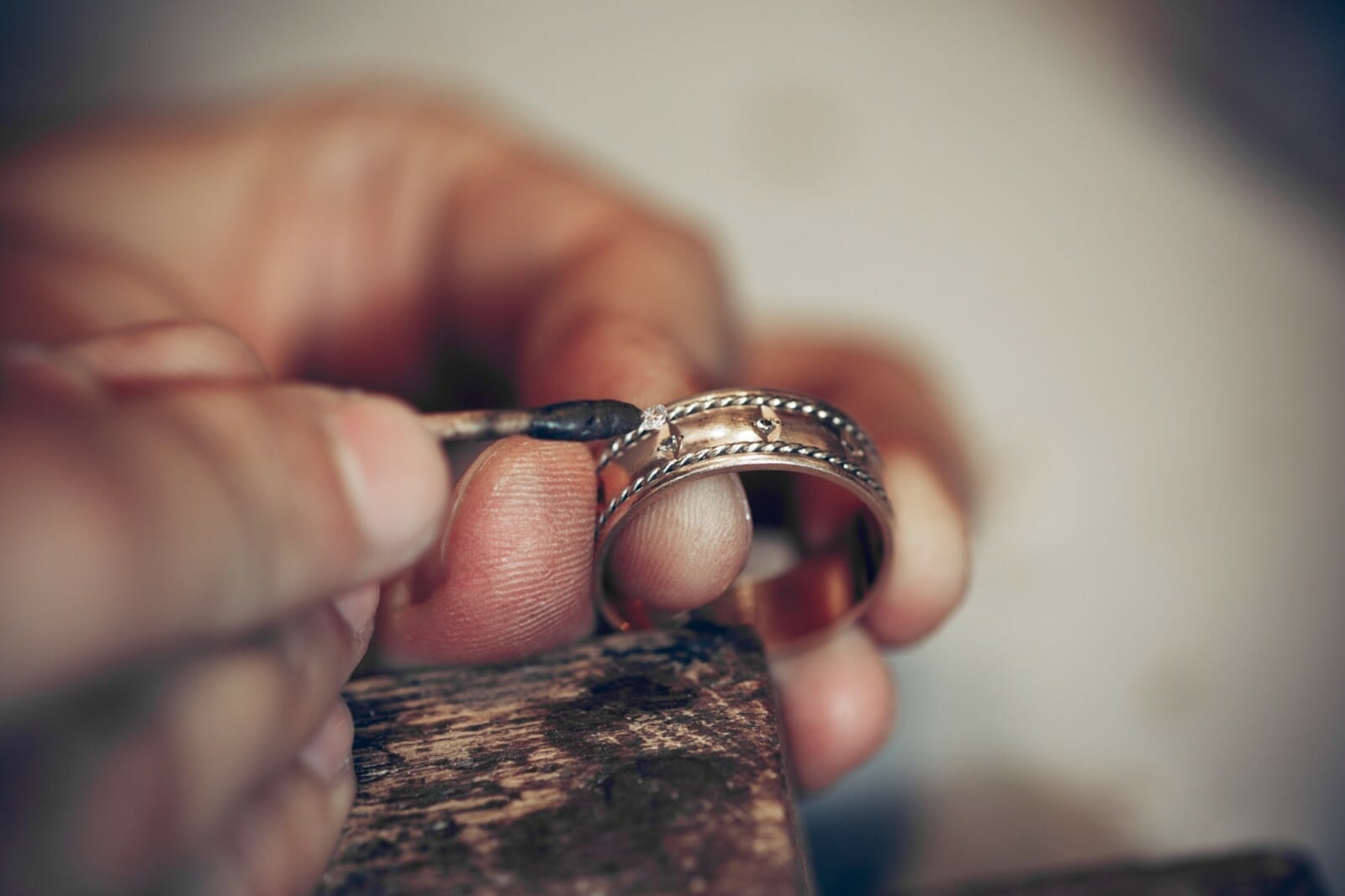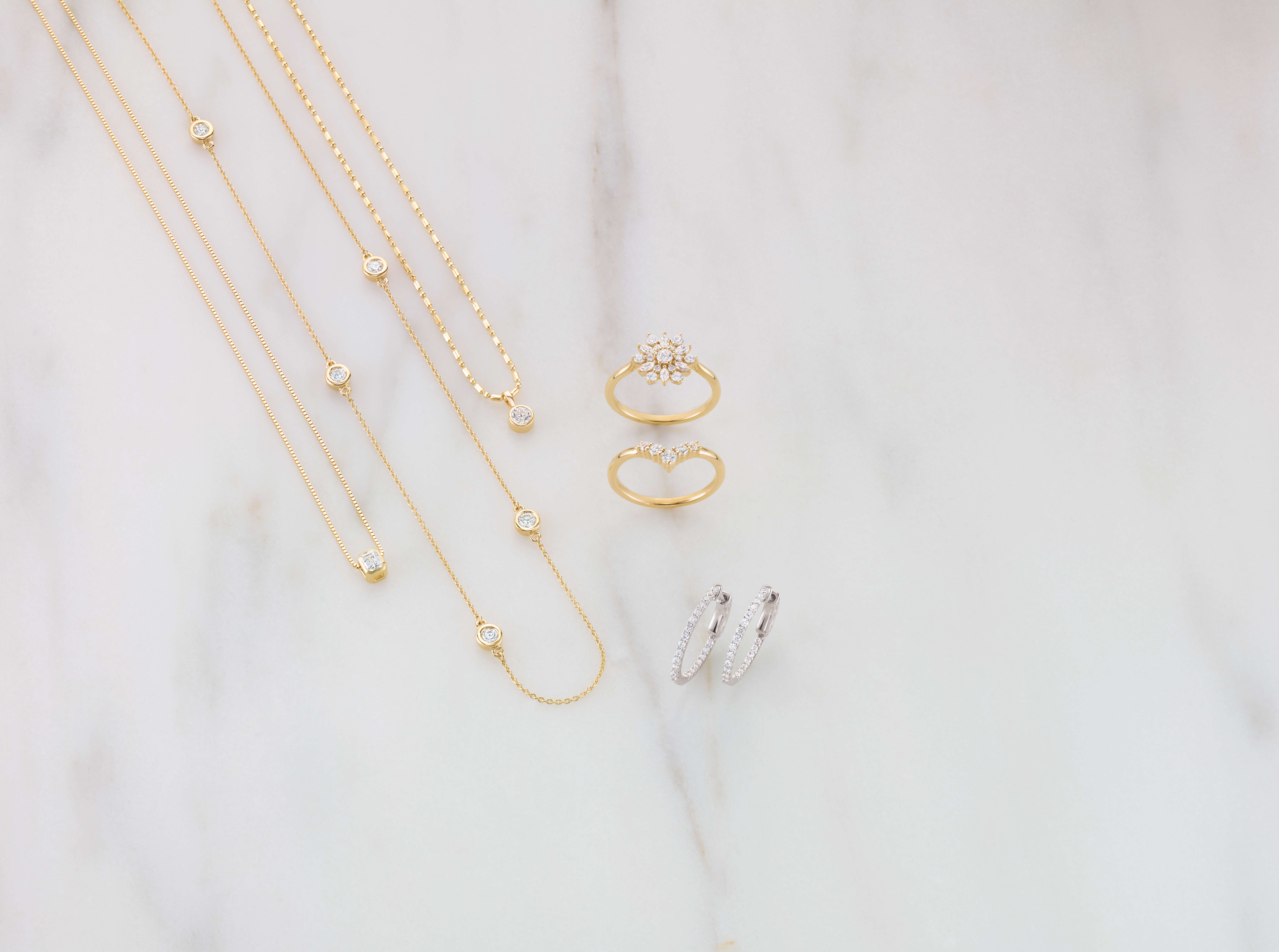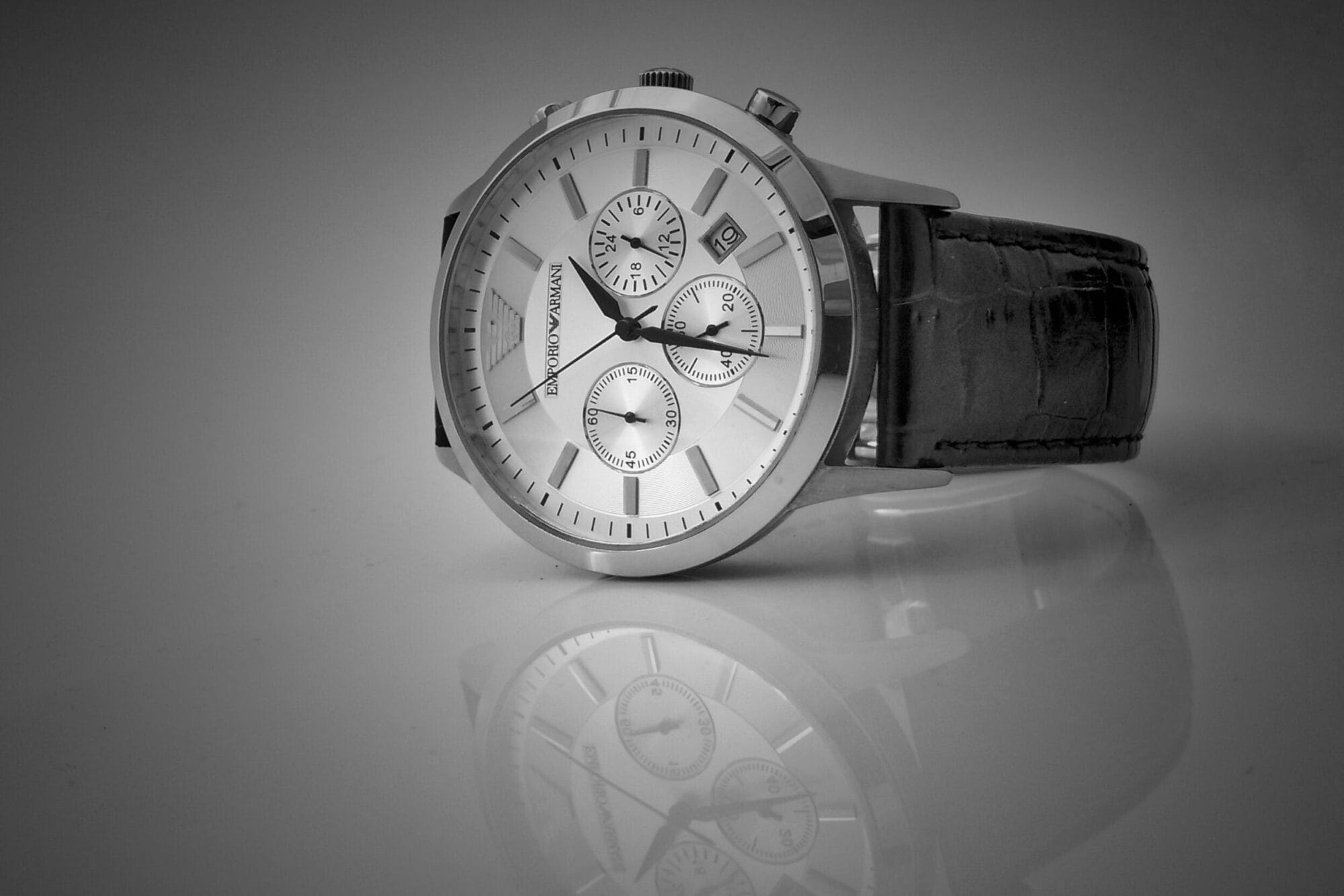How do you keep your jewellery looking as bright as the day you bought it? Heirloom, and fine jewellery alike need consistent care to look their best. It all begins with taking precautions to avoid damage and dirt when possible, knowing when and how to clean your pieces, and when to seek professional expertise.
Where Not to Wear Your Jewellery
Avoiding damage to your jewellery is the first step in preserving its charm.
When your jewellery isn’t being worn, proper storage is essential. The ideal storage place is in a cool, dry place, away from direct sunlight and heating vents. It is generally best to avoid contact between various pieces by using jewellery boxes and pouches.
Necklace chains are prone to tangling unless they are laid flat or hung singly, though pearl necklaces and bracelets should be laid flat to avoid stretching out the silk string. Secure softer metals in individual pouches to avoid damage from harder metals and diamonds.
Most damage to jewellery severe enough to require repair comes from wearing jewellery in an unsafe environment.
The top culprit? Gyms. Heavy machinery, sports, and yard work also pose a risk to your safety and to your pieces. Heat, such as saunas or hot tubs, blow dryers, ranges, and ovens, can bring metal jewellery to temperatures capable of burning you, and can even alter your jewellery’s appearance.
For all the cold bathers out there, wearing rings during a cold plunge could take more than your breath away, since cold water causes fingers to shrink. Chlorinated water in pools and hot tubs can change the colour of some metals.
While that may make the beach seem like a safe place, remember that salt is corrosive, sand is abrasive, and extended direct sunlight exposure can change the appearance of your jewels.
Finally, remove all jewellery before bed. This helps avoid prolonged exposure to your body oils and reduces the chance of clawed pieces getting snagged on bedding fibers.
Cleaning Your Jewellery
Another essential step in your jewellery care routine is steering clear of dirt. The rule of thumb here is, “put it on last, take it off first.” Sunscreen, bug spray, hand sanitizer, lotion, perfume, and hair spray can all damage jewellery and make it look dirty. The same goes for household and kitchen cleaning products.
When your jewellery starts losing its shine, it’s time to clean it.
For almost all types of jewellery, use warm water and gentle dish soap. Never use solvents.
Using a soft bristled toothbrush, well away from any drains, gently work the soap and water into all sides where dirt or debris could lodge.
Rinse in a bowl of warm water, using the toothbrush to wash away the soap residue. Dry with a microfiber cloth. Tarnished silver can be finished with a specialized polishing cloth.
There are some exceptions to this routine.
Plated and vermeil jewellery need gentler handling to avoid abrasion, which can wear the plating. Instead of a soft toothbrush, use a cellulose sponge, and light pressure.
Costume jewelley should never be submerged, and should be allowed to fully dry before being stored. Any moisture could cause corrosion and other damage.
Pearls should be buffed with a soft, damp cloth, and kept well away from chemicals and acids, which can cause peeling and chipping. Never soak pearls. This risks harm to the silk string.
Seek out professional cleaning every 6 months, even if you keep up with regular cleaning at home. Anything that cannot be remedied with home care should be referred to a professional, as well.
Keep in mind that professional cleaning usually involves an ultrasonic cleaner, which shakes off the dirt. Consult with a professional about pieces for which this may be too aggressive, such as older or fragile jewellery.
Insuring: Better Safe Than Sorry
Insuring your jewellery is generally a good idea. Deciding which pieces to insure depends on what is already covered by your homeowner’s policy. Most have a cap on how much and what is covered, because most jewellery is easy to steal.
Fine pieces should get their own policy. Jewellery insurance usually covers loss, theft, and specific damage, not including wear and tear, previous damage, or pest damage.
Most insurance companies require appraisals before insuring. Any qualified jeweller or appraiser can provide this, as can many jewellery stores.
When All Else Fails, Repair
Even with the best care, jewellery does sometimes need repair. Unlike with home cleaning, repairs should be left to the professionals. While some things, like claws, should be checked annually to avoid losing stones, other repairs are on an as-needed basis. Common repairs jewellers offer include the following:
- Ring sizing
- Rhodium plating
- Claw tightening
- Retipping or rebuilding claws
- Diamond replacement for melee
- Polishing and refinishing
- Straightening a ring shank
- Soldering
- Sizing beads or bars
- Broken clasps
- Restringing pearls
- Scratches
Alberta Diamond Exchange is Here to Help
Caring for your jewellery is simple once you know how. If you only wear it in safe environments, keep it clean, store it well, and consult professionals when necessary, you will keep your jewellery beautiful for years to come. Alberta Diamond Exchange offers many services, including restoration, repair, cleaning, and inspections. We are always happy to answer any question you may have about what we offer.






